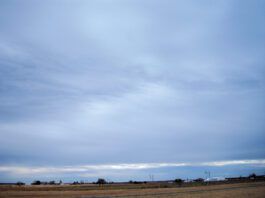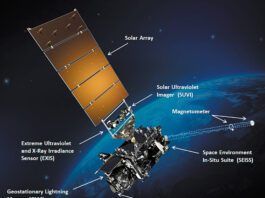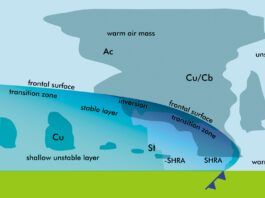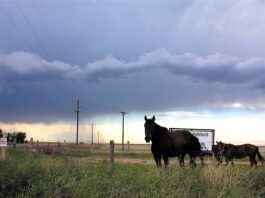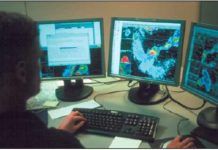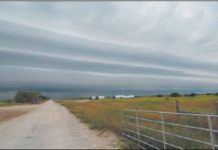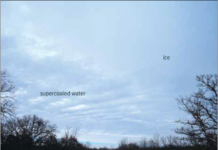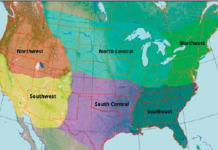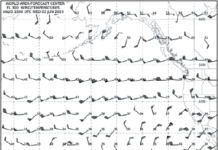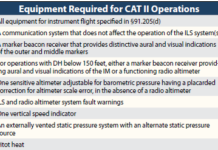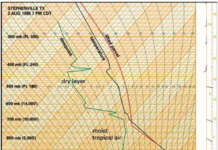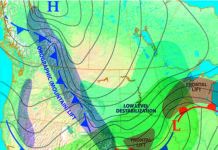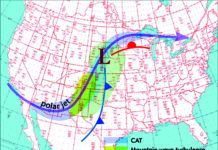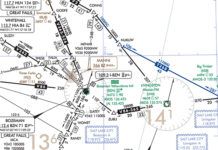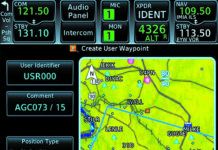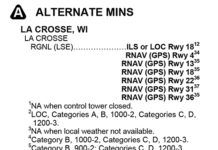TAF Dissected
The Terminal Aerodrome Forecast, TAF, is a staple of aviation weather, known to almost every pilot. During my own Air Force career, I composed...
Understanding Fronts
Often, the word “front” raises anxiety and apprehension in aviation meteorology. It carries the possibility of showers and thunderstorms, signals a change in the weather...
Icing Revealed
Since the dawn of aviation, icing has emerged as one of the great hazards of flying. The 1994 American Eagle crash in Roselawn, Indiana,...
Autumn Weather
About the time this issue arrives, the U.S. will be heading toward the tail end of summer 2020. In just a matter of weeks...
Upper-Level Weather
Unless your flying is limited to local sightseeing in good weather, chances are you’ve used winds aloft charts at some point. For many commercial...
You Could Fly a Cat II ILS
Category I ILS approaches, long our low-weather mainstay, offer us minimums as low as 200 feet above the touchdown zone with RVR 1800 feet...
Wind Shear
When the jet age arrived in 1959, little was known about wind shear. Aviation was focused on thunderstorm avoidance. In Joseph George’s compilation of...
Weather Deconstructed
There’s an old Buddhist saying that the fool sees only the form, while the enlightened person sees the essence. It’s strange to think that...
Great Plains Weather
For some, flying is just braving the traffic pattern or short, local flights. But serious long-distance flying or commercial operations will eventually bring you...
An Icy ODP
Rime ice giving your Cessna 210 a quarter-inch coating was the inbound surprise to Mission Field in Livingston, Montana. As one accustomed to life...
How We Die, Part 2
Too many pilots have died because they attempted instrument flight without a thorough working knowledge of their GPS navigators. Do you need to know...
No Two Alike
Maybe it’s because the long Midwestern winter is not yet over, but the idea that approach procedures are like snowflakes comes to mind. From...


